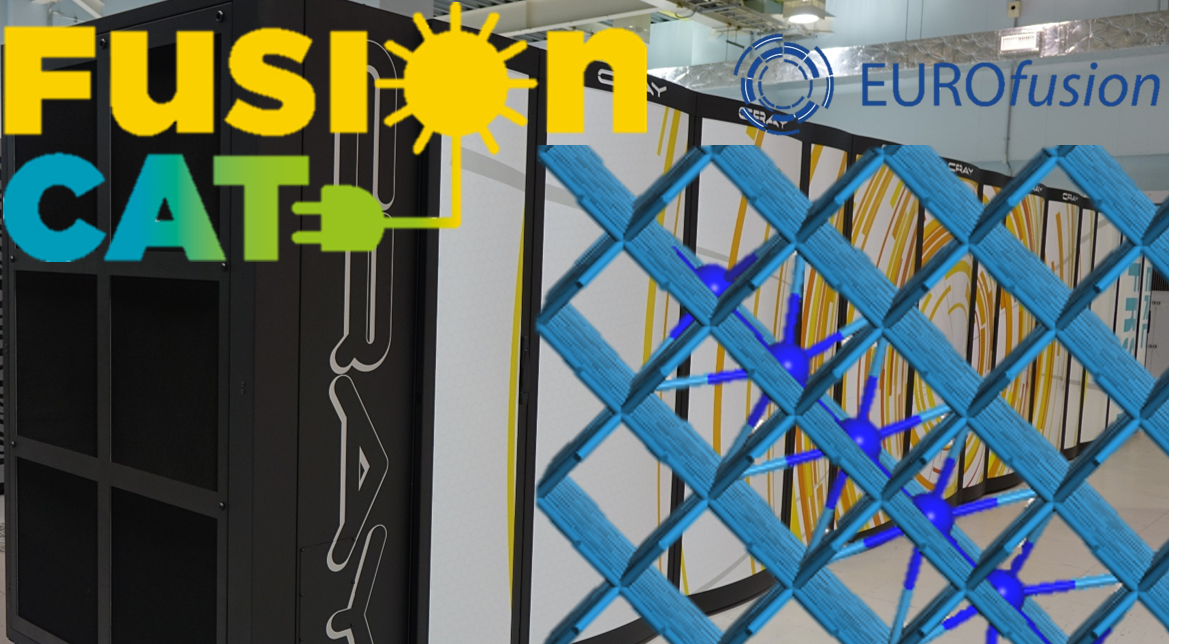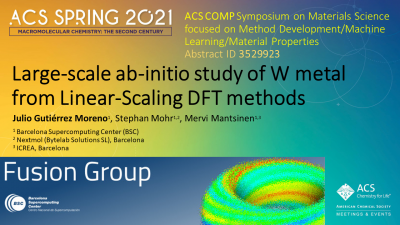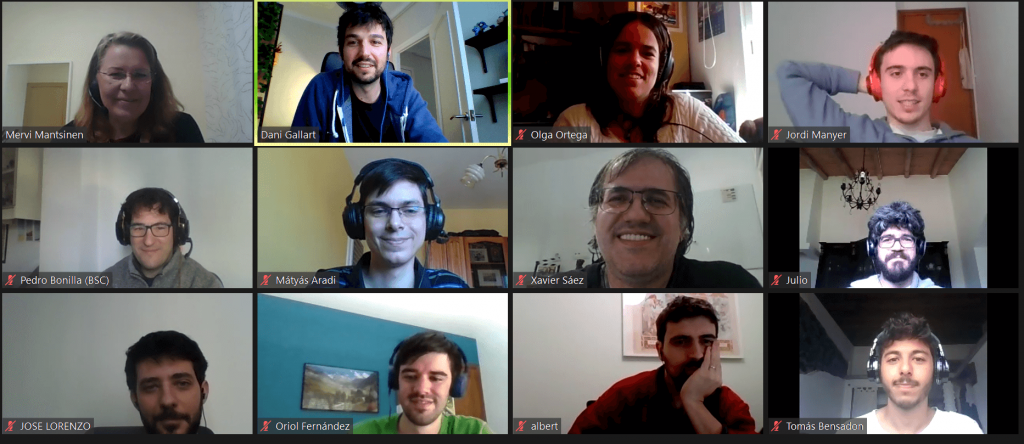
The EUROfusion consortium will invest a total of € 59.8 million in nineteen research projects in their Work Plan 2021-2025 to strengthen understanding and predicting of fusion processes in the European fusion programme. One of these projects will benefit from the expertise at Barcelona Supercomputing Center (BSC) to improve the computational conditions for fusion energy.
Prior to this EUROfusion investment, BSC already holds two reference HPC performance groups in Europe, i.e. the PRACE High-Level Support Team (HLST) and the Performance Optimisation and Productivity Centre of Excellence (POP CoE). The new EUROfusion Advanced Computing Hub (ACH) will become the third one. The PRACE HLST, POP CoE and BSC Fusion group members played a key role in building the winning proposal, thus making BSC one of the three reference European teams in HPC performance for fusion. The BSC ACH will include 8 full-time team members with secured funds until 2025.





